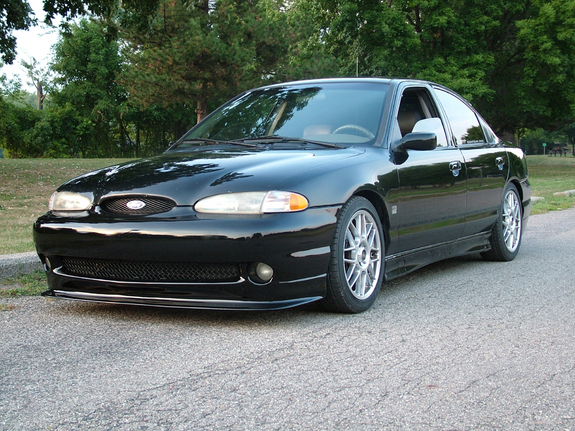

That’s too bad, because the first Contours were decent, despite their shortcomings.

And when they walk away, it’s hard to get them to come back. They walk away when you mess with them on something as important to their daily lives as a car. Both cars, as currently constituted, easily compete against the Acura Integra, Mazda 626, Nissan Altima, Mitsubishi Galant and Dodge Stratus, the Contour’s main rivals in the compact sedan category.īut getting consumers to believe that the Contour now is up to snuff is going to take some work. Had Ford done things right the first time, the company wouldn’t be struggling today to boost the sagging sales of the Contour and its mechanical twin, the Mercury Mystique. The upshot is that the tested 1999 Ford Contour SE is the Contour that Ford should have made in the beginning. That should be a cause for celebration instead of an occasion for corporate euphemisms. But it is also true that most of those “improvements” came in direct response to customer complaints. There were seat readjustments to create more legroom, suspension rearrangements to provide better ride and handling, exterior tweaks to mute its jelly-bean look, and changes to help the instrument panel make more sense.įord prefers to call those fixes “improvements,” things done in the normal course of product development. That is, the car has been in a constant state of correction. The Ford Contour has been a work in progress since its introduction in 1995.


 0 kommentar(er)
0 kommentar(er)
